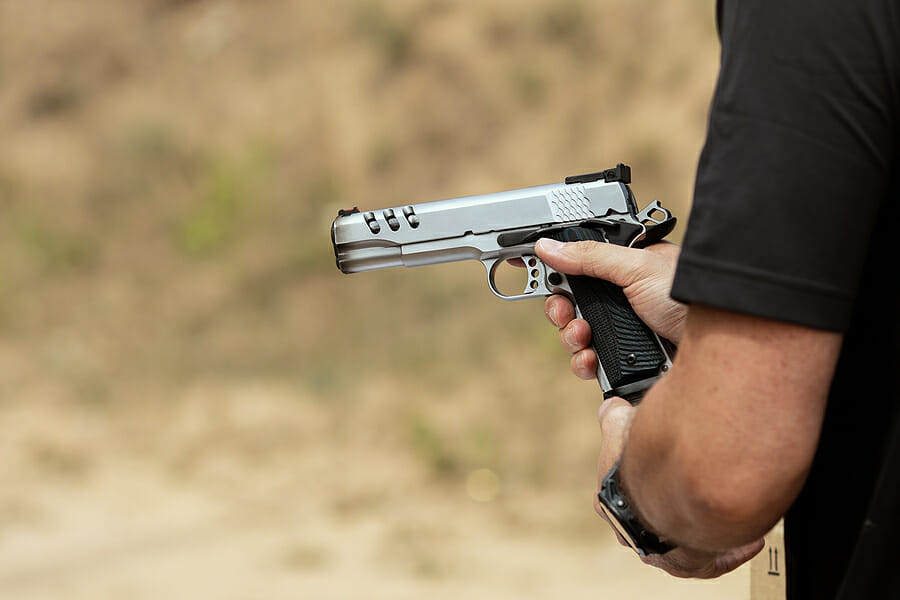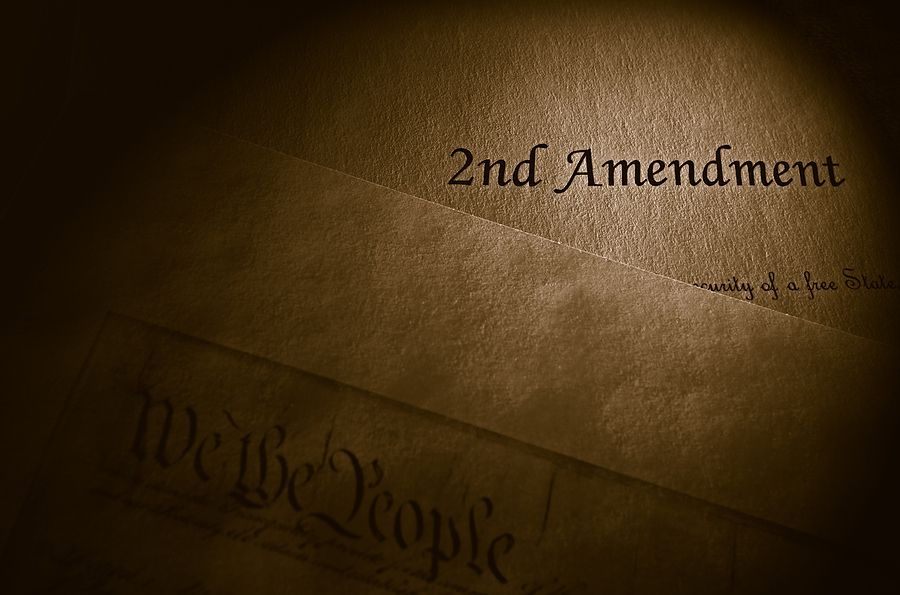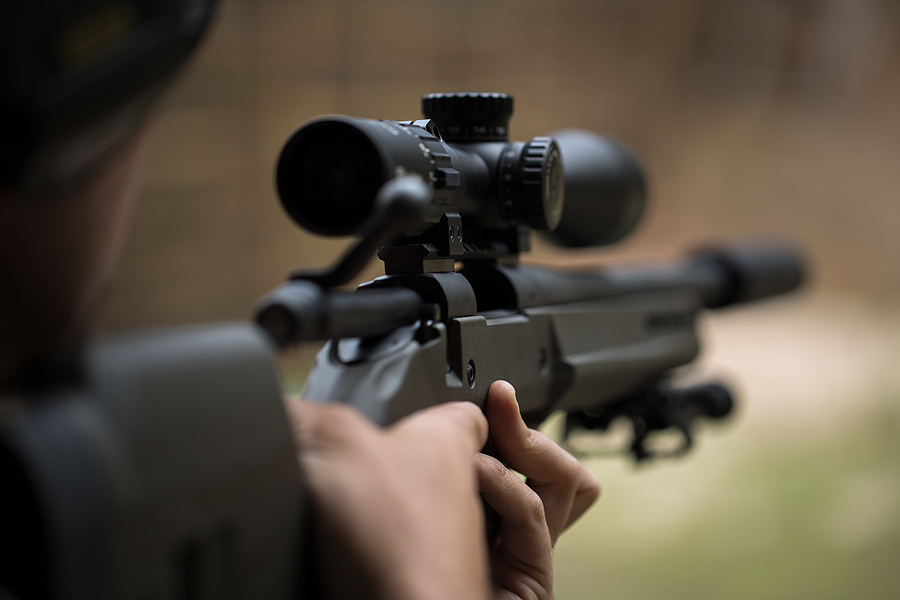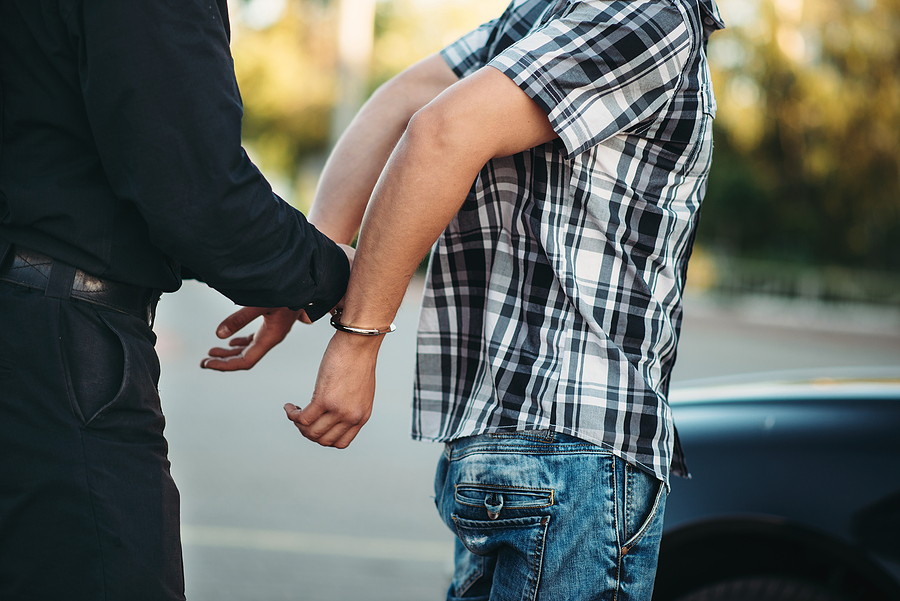Owning a gun, knowing how to shoot it properly, practicing gun safety, and spending time at the range can all be exciting experiences. Men and women equally take great joy and pride in possessing a firearm today, and they do not take this duty lightly. Today, owning a gun is about more than simply self-defense. It’s also great for hunting and competitive or recreational shooting.
The Second Amendment of the U.S. Constitution guarantees the right of individuals to bear arms, and owning a gun is seen as an exercise of that right. This is why nearly 43% of Americans own a gun today. Whether you’ve just purchased a new firearm or planning to get one, follow these easy tips and tricks for purchasing, using, maintaining, and storing your gun:
1. Purchase the Right Gun for the Right Purpose
When you search for a gun online, you’ll probably be overwhelmed by all the choices. However, you must be aware that guns have different specifications and purposes. Do your research to determine what type of gun you need based on your individual needs and the underlying purpose of use. Watch videos and read reviews to figure out the right weapon, and choose a brand with more positive reviews. You should also try out a gun at a range before buying it to ensure it’s easy to grip and meets your needs.
2. Make Use of High-Quality Ammunition
While several types of ammunition are available, choosing the right ammunition for your gun is imperative. Make sure it’s high-quality and has the right caliber and primer type. For small guns, we recommend 209 primers since they’re best for target loads on a standard field. Generally, small-arm caliber primers are built-in, but heavy caliber can have a push-fit or manual primer that can be purchased separately.
When purchasing ammunition, ensure that the bullet has a proper groove, is not rusted or moisture-damaged, and has no dents on it. Choose the appropriate caliber for your gun, which is usually indicated on the gun itself. Incorrect caliber or gauge can damage your new gun and may even cause injury. Make sure the ammunition is compatible with your firearm and fits properly. Consider the performance of the ammunition, including velocity, accuracy, and energy. To top it all, choose ammunition from reputable manufacturers with a history of producing high-quality products.
Plan for safe ammunition storage, following all relevant laws and guidelines. Off-brand, foreign, or handmade (reloaded) ammunition might be more difficult to clean and may even misfire. It also speeds up gun erosion which reduces your gun’s life. Be sure to read and follow all ammunition safety precautions before use.
3. Be Sure to Read Your Gun’s Manual
There are many types of guns, each with its unique characteristics. It’s important to know how your gun works, including how to load, unload, carry, and handle it before and after use. Make sure you read the manual that comes with your gun and keeps it safe so you can refer to the manual whenever you need it. Watch videos or even ask your local gun shop owner how to use it properly. Your gun’s manual teaches you what each part does to make your gun work. If you’ve lost your manual, you can get a replacement from the manufacturer.
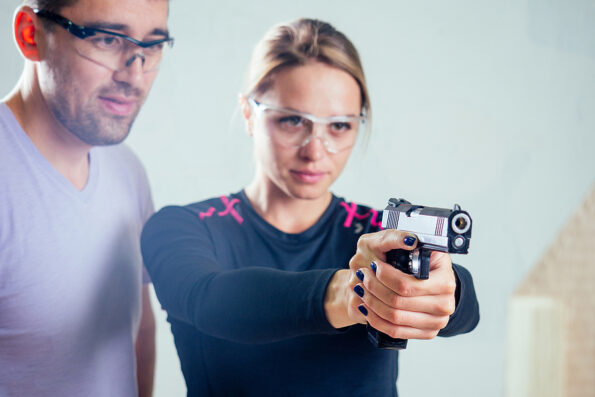
4. Exercise Safety Precautions
The primary safety mechanism of a gun is how appropriately you, as a user, handle and operate it. Most weapons include one or more mechanical safety systems. As a new gun owner, you should be aware of all the safety features of your gun as well as the safety precautions that you should follow. No matter how state-of-the-art your gun is, if you don’t follow proper safety precautions, all safety features can fail, resulting in an unfortunate misfire. Follow these safety precautions to store, use, and maintain your gun:
- Understand and abide by any local weapons regulations.
- Get training with your firearm and take your concealed carry weapons (CCW) permit.
- Wear personal protective equipment (PPE) in both indoor and outdoor ranges.
- Make sure your ears and eyes are protected.
- Use covered clothing and closed-toed shoes.
- Always handle a gun as though it were loaded.
- Keep your finger off the trigger until you are ready to fire.
- Aim for your target. Keep yourself aware of the target’s surroundings as well as what’s beyond them.
- Store firearms and ammo separately.
- Store your weapon at a safe, dry, and climate-controlled location.
- Always keep the gun locked, and change the mode to fire only when needed.
- Keep guns and ammunition out of children’s reach.
- Take a gun safety course.
- Inspect and maintain your gun regularly.
- Before handling weapons, abstain from drinking and narcotics.
- Always keep your gun license with you when carrying your arm to a range.
- Avoid unauthorized handling of your gun and ammo.
5. Weapon Cleaning After Use
Maintaining your gun is key to ensuring it works smoothly and lasts a long time. For this purpose, keep a proper weapon cleaning kit and clean your gun before and after using it. Your gun’s manual will also guide you on how to open, close, clean, and store your gun for the long term. After using your gun, make sure you:
- Disassemble the firearm as per the manufacturer’s instructions.
- Remove any dirt or grease from metal parts using a solvent.
- Scrub the barrel and action with a brush.
- Dry all parts thoroughly using a clean cloth.
- Apply a thin layer of oil to metal parts to prevent gun erosion, rust, and moisture damage.
- Reassemble the gun after cleaning.
- Store the gun properly at a climate-controlled location.
Final Thoughts
It is important to note that gun ownership is a personal choice, and the reasons for needing a gun vary from person to person. Regardless of the reason, it is essential that individuals who own guns follow all local, state, and federal laws and regulations, as well as take appropriate safety precautions to ensure that their firearms are used responsibly. We hope that the information provided above will assist you in using, maintaining, and storing your firearm securely and properly.
Image Source: BigStockPhoto.com (Licensed)
Related Categories: Guns, Reviews



